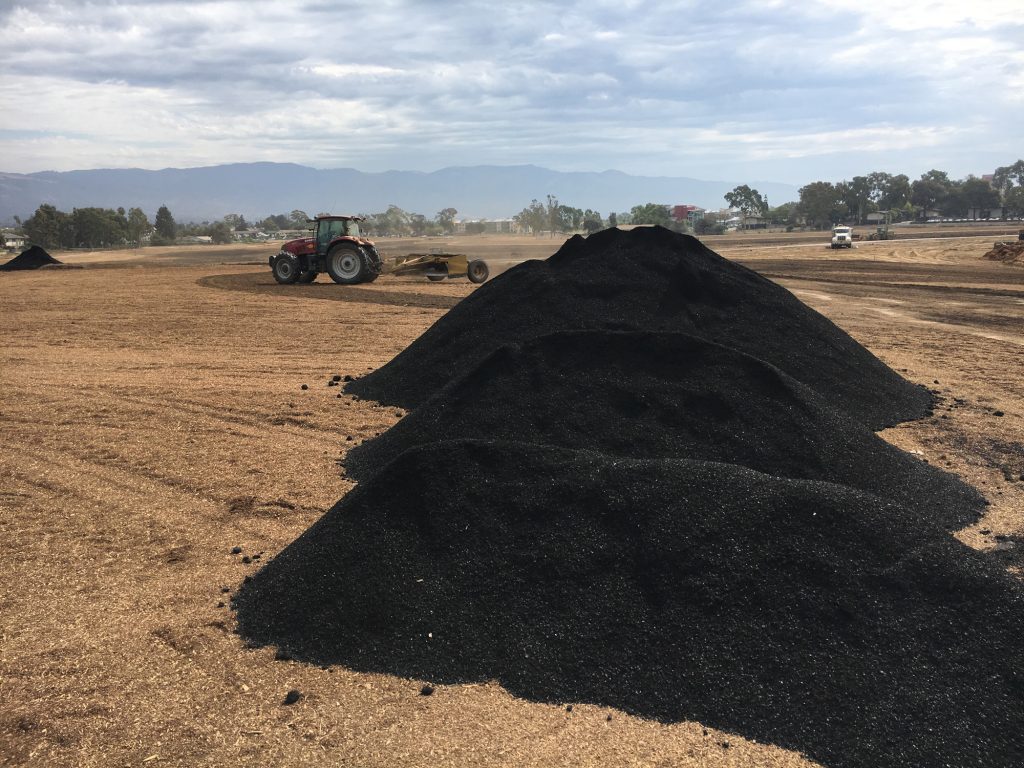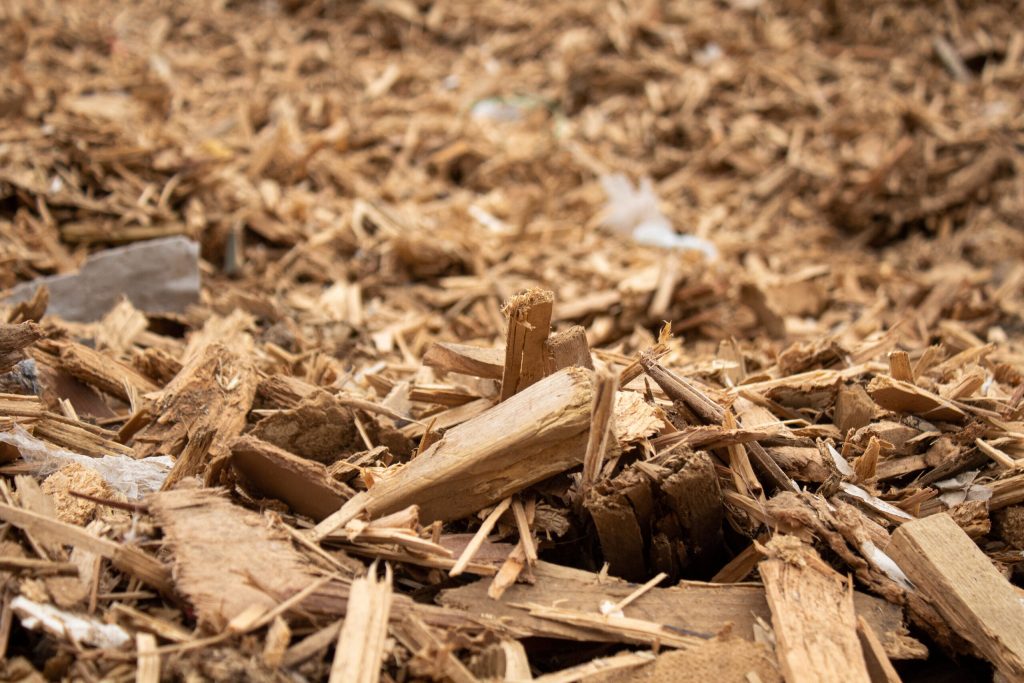Charcoal has been a valuable source of energy and a key component of various industries for centuries. Charcoal is primarily produced through a process called pyrolysis, which involves heating organic materials, typically wood, to high temperatures in the absence of oxygen. While charcoal production has evolved with the introduction of modern technologies and equipment, evaluating its financial feasibility remains a crucial aspect for both established businesses and aspiring entrepreneurs. In this comprehensive guide, we will explore the financial aspects of charcoal making (that is charcoal making machine price), from understanding the cost factors to evaluating profitability and sustainability.

Understanding Charcoal Production
Charcoal is made from wood or other organic materials through the pyrolysis process, which drives off volatile compounds, leaving behind carbon-rich char. This char is the charcoal that is used in a wide range of applications, from cooking and heating to metallurgy and filtration.
The Charcoal Making Process
The key steps involved in the charcoal making process are as follows:
Feedstock Preparation: Suitable wood or organic materials are collected, seasoned, and prepared for the pyrolysis process. Wood with low moisture content is ideal.
Heating and Carbonization: The prepared feedstock is heated in a controlled environment with limited oxygen, typically in a kiln or retort, to initiate the carbonization process. During this stage, volatile compounds are released as gas and liquid, leaving behind carbonized wood or charcoal.
Cooling and Collection: The carbonized wood by coconut shell charcoal machinery is cooled, and the resulting charcoal is collected, ready for further processing, packaging, and distribution.
Financial Considerations in Charcoal Making
The financial feasibility of a charcoal-making venture is determined by various factors, including costs, market dynamics, regulatory compliance, and sustainability. Let’s explore these aspects in detail:
Production Costs: The cost of producing charcoal includes expenses for feedstock acquisition, labor, equipment, energy, transportation, and maintenance. Understanding and controlling these costs is essential for profitability.
Market Prices: The market price of charcoal can vary significantly depending on factors such as regional demand, quality, and the presence of competitors. Monitoring market prices is crucial for pricing strategies.
Environmental Regulations: Compliance with environmental regulations and sustainable practices can influence the financial feasibility of a charcoal-making operation. Meeting emission standards and environmental impact assessments are essential.
Sustainability: Sustainable charcoal production practices, such as reforestation and responsible sourcing of wood, not only enhance environmental sustainability but also contribute to the long-term viability of the business.
Technology and Efficiency: Employing efficient and modern technologies for carbonization can improve production efficiency and reduce costs.
Market Niche: Identifying a niche market or unique selling proposition (USP) for your charcoal can help you command higher prices and increase profitability.

Understanding the Cost Structure
To evaluate the financial feasibility of charcoal making, it’s crucial to understand the cost structure of your operation. Here are the primary cost components:
Feedstock Costs: This includes the expense of acquiring wood or other organic materials. The type of wood, its moisture content, and its availability in your region will impact these costs.
Labor Costs: Labor costs encompass wages for workers involved in feedstock collection, carbonization, and other production processes.
Equipment Costs: Investment in kilns or retorts, along with maintenance and repair expenses, make up the equipment costs.
Energy Costs: Energy costs are associated with the heating process. Traditional kilns use wood as fuel, while more modern and efficient operations may use alternative energy sources.
Transportation Costs: Transporting raw materials and finished charcoal to marketplaces or consumers involves costs, which can vary based on distances and logistics.
Regulatory Compliance Costs: Expenses related to permits, licenses, and compliance with environmental regulations need to be factored into the cost structure.
Profitability Assessment
Determining the profitability of a wood to charcoal machine involves a careful analysis of revenue and costs. Here are some steps to consider:
Market Research: Research the current market conditions, including the demand for charcoal, pricing trends, and consumer preferences. Identify potential market niches.
Pricing Strategy: Set competitive yet profitable prices for your charcoal products. Consider factors like quality, packaging, and value-added features.
Production Efficiency: Improve production efficiency by adopting advanced equipment and technology. This can help reduce labor and energy costs.
Cost Control: Regularly review and control costs, looking for opportunities to optimize feedstock, labor, and operational expenses.
Sustainability Measures: Consider implementing sustainable practices that enhance your brand’s appeal and long-term viability.
Marketing and Sales: Develop a marketing and sales strategy to reach your target audience effectively. Utilize online and offline channels as appropriate.
Financial Projections: Create financial projections that estimate revenue, costs, and profitability over a specified period, typically three to five years.
Sustainability and Environmental Considerations
In today’s world, environmental sustainability is not only a moral imperative but also a market differentiator. Charcoal producers must consider their environmental impact and adopt sustainable practices. This not only aligns with corporate social responsibility but can also open doors to specific markets or certification programs that prioritize sustainability.
Responsible Sourcing: Ensure that the wood used for charcoal production comes from responsibly managed forests or other sustainable sources.
Waste Management: Develop a plan for the responsible disposal of waste products generated during the production process.
Energy Efficiency: Explore opportunities to reduce energy consumption and emissions during the carbonization process.
Emissions Reduction: Implement measures to reduce emissions of harmful substances such as volatile organic compounds (VOCs).
Certification: Consider seeking certification from relevant environmental and sustainability organizations, which can enhance your market appeal.
Community Engagement: Engage with local communities and stakeholders to build positive relationships and demonstrate your commitment to sustainability.
Case Studies
To better understand the financial feasibility of charcoal making, let’s explore a couple of real-world examples:
The Green Charcoal Co.: This charcoal producer focuses on sustainability by sourcing wood from responsibly managed forests and implementing efficient carbonization technology. By appealing to environmentally conscious consumers, they have successfully commanded premium prices for their products. View how to process biomass wast from these cases: https://bestonmachinery.com/charcoal-making-machine/coffee-bean-husk/.
Traditional Charcoal Producers: In some regions, traditional methods of charcoal production persist, relying on low-cost labor and wood gathered from local forests. However, environmental concerns and regulations have led to sustainability challenges for these producers.
Conclusion
Evaluating the financial feasibility of charcoal making involves a comprehensive analysis of costs, market dynamics, regulatory compliance, and sustainability measures. To succeed in the competitive charcoal industry, producers must balance cost control with environmental responsibility, efficient production methods, and a deep understanding of their target markets. By adopting modern technology, sustainable practices, and effective pricing strategies, charcoal producers can unburden the Earth from the challenges of wood waste and deforestation, while building a profitable and sustainable business.